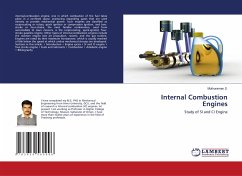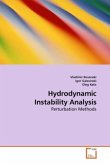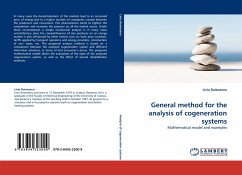Thermal comfort is a fundamental issue for riders to take care of, especially in countries with very hot summer climate: the temptation of leaving out wearing the helmet turns out to be too strong if it is not sufficiently ventilated, with obvious consequences in terms of risk of injuries for the heat of the rider. For these reasons it is important for each helmet to be equipped with an efficient ventilation system, which should be able to remove the heat and sweat produced by the head of the rider. At the moment there is a total lack of fluid-dynamic guidelines for the design of such ventilation systems, which are drawn only according to intuition and experience. The scope of this thesis is to present an innovative methodology for the numerical simulation of the internal ventilation of a motorcycle helmet, based on a thermo-fluid-dynamic model capable of describing evaporation-related heat transfer phenomena. The model has been mathematically analyzed and subsequently tested on sample 2D problems. However, it has the peculiarity of being potentially implementable on most commercial CFD softwares, in order to be applied to concrete 3D geometries of helmets.
Bitte wählen Sie Ihr Anliegen aus.
Rechnungen
Retourenschein anfordern
Bestellstatus
Storno








